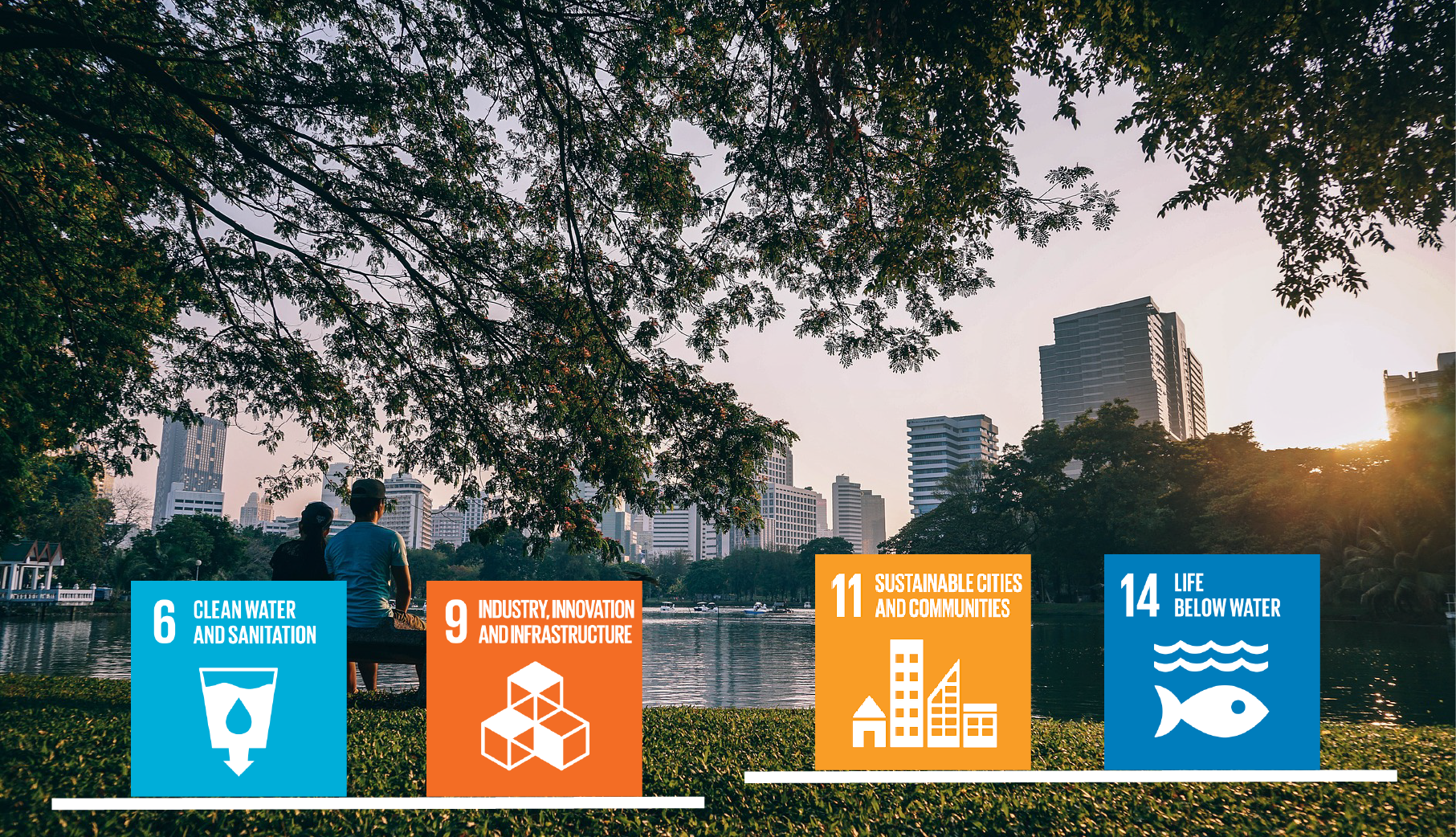COURSE DESCRIPTION
Which are the challenges modern and sustainable cities must take and how can individual power, ideas and participation contribute to this goal?
Primary SDG 11, secondary SDGs 6, 7, 9, 12, 14 and 15
SDG 11– Make cities and human settlements inclusive, safe, resilient and sustainable
SDG 6– Ensure availability and sustainable management of water and sanitation for all
SDG 7– Ensure access to affordable, reliable, sustainable and modern energy for all
SDG 9-Build resilient infrastructure, promote inclusive and sustainable industrialization and foster innovation
SDG 12– Ensure sustainable consumption and production patterns
SDG 14– Conserve and sustainably use the oceans, seas and marine resources for sustainable development
SDG 15-Protect, restore and promote sustainable use of terrestrial ecosystems, sustainably manage forests, combat desertification, halt and reverse land degradation and halt biodiversity loss
Problem Based Learning Methodology
1. Problematize to raise the analysis.
2. Group work on data collection, analysis, mapping and presentations.
3. Dialogue with local interest groups and volunteering activities during individual classrooms.
PROBLEM STATEMENT
By 2050, 70 % of the world’s population will live in cities (sdgcompass.org). This fact highlights the crucial challenges modern and sustainable cities need to take up in order to become a competitive, safe, resource-efficient, resilient and inclusive place to live in.
Having a look at the common and individual needs within a city’s population, we will identify the extensive and far-reaching requests a sustainable city has to satisfy: adequate housing, access to sustainable transport systems and public transport, access to safe and inclusive public and green spaces, access to safe and affordable drinking water, prevention of pollution on land and water – just to name a few.
Working questions:
- What is the importance of the SDGs?
- What are the aims of SDG 11 and the secondary SDGs that go with it?
- What do sustainable cities need?
- How to meet up with individual needs within the population?
- What are the parameters of sustainable cities?
- What examples of sustainable cities are there in our world?
- How sustainable is the city we live in?
- Which possible improvements can be made (by individual contribution)?
- What does it feel like to behave sustainable for 24 hours?
SHARED CLASSROOM
The activities can be divided in different shared and individual sessions.
Sessions
Module 1: Establishing contact
- Introduction to project and working plan
- Meet-up with partner to get in touch
- Ice-breaker activity
Module 2: The UN and the SDGs
- Introduction to UN and SDGs
Module 3: Who needs what in a city?
- Research and reflection on different roles and needs of citizens
- First proposals for a sustainable city
Module 4: Parameters of sustainable cities
- Working out parameters of sustainable cities
- Group work on inclusion of secondary SDGs 6, 7, 9, 12, 14 and 15
Module 5: Examples of sustainable cities
- Research activity on best examples
- Presentations for/with partners
Module 6: Evaluation of actual state in chosen local cities
- Evaluation of actual state of chosen cities (field study)
- Presentation of results and exchange of experiences and identified challenges
Module 7: Self-experiment
- Self-experiment: Trying to behave for 24 hours
- Share results (e.g. foto-documentation, report) with partners and colleagues
The class can be divided in mixed working groups from both countries or only from their own.
Lessons:
Shared Classroom 7
Individual Classroom 10
Technology needed:
- Internet connection
- A device to connect, a pc, cellphones or tablet
- Each participant has his/her own device and headphones if possible
LEARNING OUTCOMES
During the project, the students can develop different kinds of products:
- Videos
- Powerpoint presentations
- Commented map of a sustainable city
- Post-it wall or other types of school exhibitions
- Field study with foto-documentation in home town
- Self-experiment
- Summary document with recommendations for action
For the full Teaching module click on the green button above.
Course Features
- Lectures

